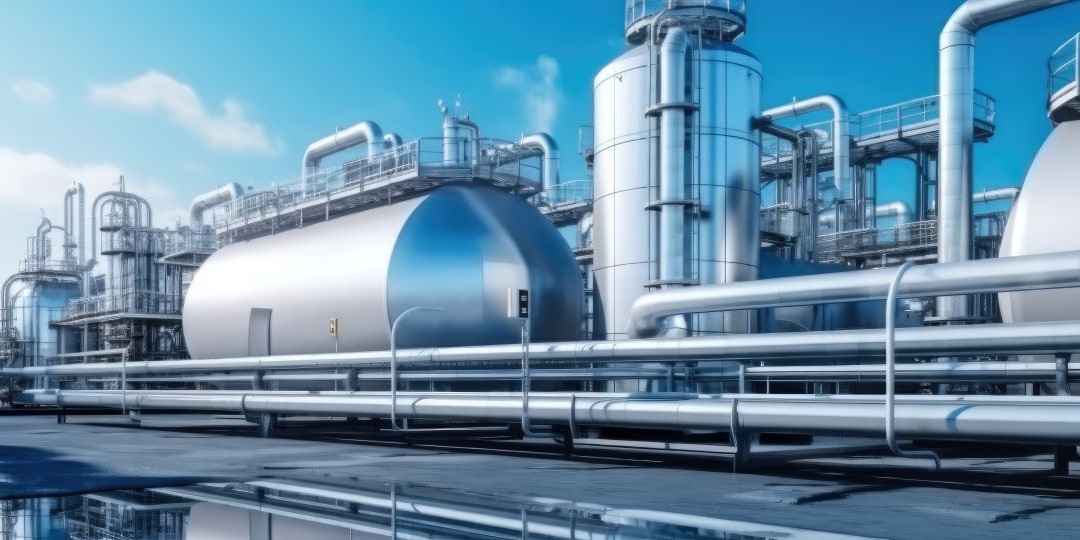| How Good is Your High-Energy Piping Program? by Brian Beatty – Director, Engineering Services, NAES Corporation |
As custodians of our clients’ power plants, it’s essential that we operate and maintain them safely and in accordance with prudent industry practices. Failure to operate plant systems within design limits – or to perform planned condition assessments and maintenance on plant equipment – has in some cases resulted in catastrophic failure.
This applies in particular to covered piping systems, also known as high-energy piping (HEP). By definition, HEP is any four-inch or greater diameter piping system that operates at higher than 750 degrees F or greater than 1,025 psi absolute pressure. It includes systems that convey main steam, hot reheat steam or cold reheat steam. Two catastrophic failures in the mid-1980s that resulted in fatalities and severe injuries served as watershed events in the industry for HEP failures. Both involved seam-welded hot reheat piping (figures 1 and 2).

One can only imagine the incredible amount of energy that was released when these large-diameter pipes failed.
Much less was known at that time about the science of metal fatigue. However, the investigation did reveal that the piping systems had been operated above their design limits for extended periods of time. Since then, several additional HEP failures have occurred both in piping and at weld joints. The primary failure mechanisms include third-stage creep, mechanical and thermal fatigue, and flow-accelerated corrosion. Figure 3 shows an example of creep-induced failure in main steam piping.

In 2007, the ASME power piping committee established procedural requirements for the operation and maintenance of HEP systems for facilities built thereafter (Code B31.1, Chapter VII). Since then, insurance companies have encouraged clients with pre-2007 systems to adopt such procedures as well. To ensure safe and reliable operation of HEP systems, B31.1 establishes the following components of a facility HEP procedure:
- Operation of HEP systems in accordance with design limits
- Documentation of operating hours, modes of operation, temperatures and pressures
- Documentation of significant transients or excursions (both pressure and temperature)
- Documentation of piping system modifications, repairs or replacements
- Maintenance of pipe supports
- Maintenance of piping system vents, drains, relief valves and attemporators
- Fluid quality (examples: dissolved O2 and pH)
- Assessment and documentation of all damage mechanisms (e.g., creep, fatigue, FAC)
Granted, most plants have limited time, budget and personnel to devote to HEP assessments. For this reason, it’s best to take a risk-based approach in determining which HEP systems to assess first. Historical records of operation and maintenance are therefore essential.

Effective management of your high-energy piping must be an integral part of your plant’s overall inspection and maintenance activities. Take a look at your HEP program and determine whether it meets B31.1 requirements and, if not, where it’s falling short. NAES Engineering and Technical Services can help you close the gaps in your program. Call me at 302-356-9864 for assistance.
